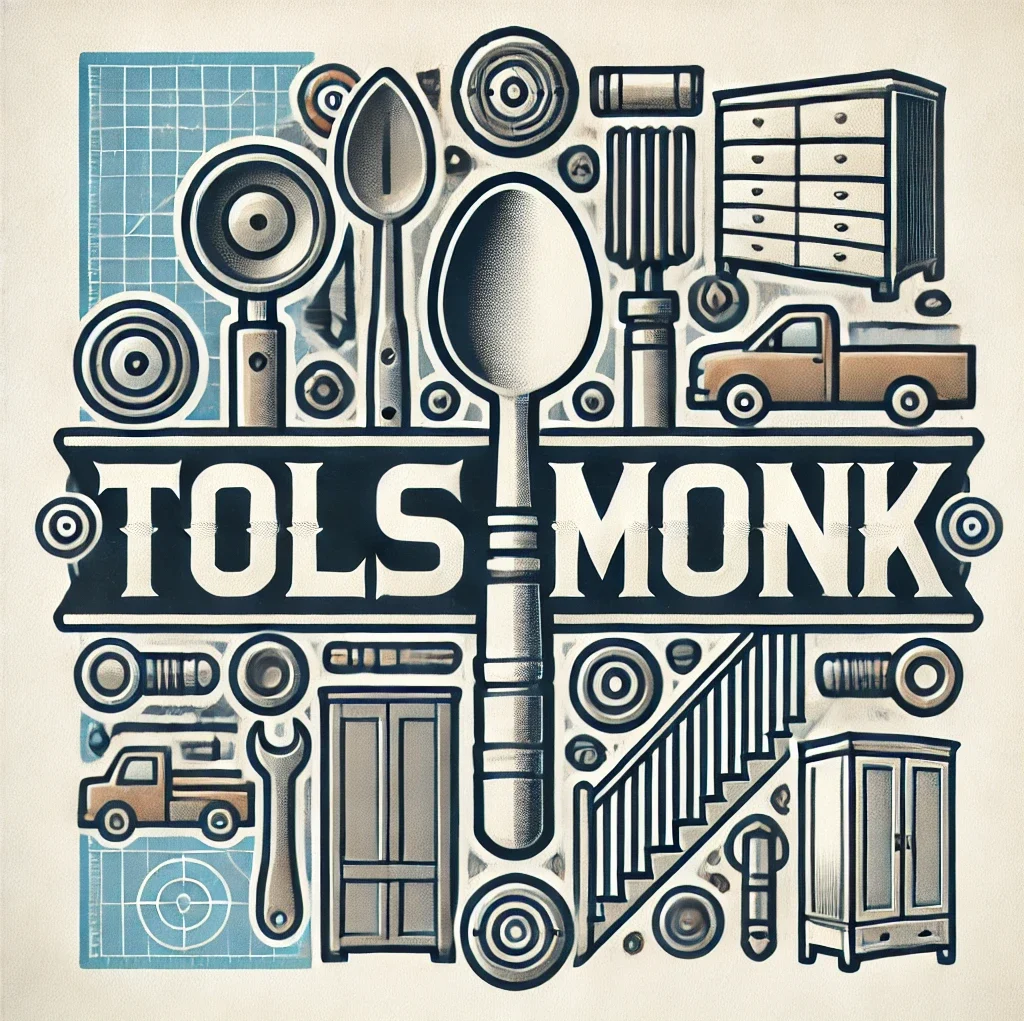
Mirror testing plays a vital role in various industries including automotive, aerospace, construction, and even psychology. Whether testing physical mirrors for quality assurance or evaluating mirror systems in vehicles and machinery, this process ensures optimal safety and performance. In this blog post, we will discuss the importance of mirror testing, its methodology, and how it contributes to enhancing safety and performance in various sectors.
What is Mirror Testing?
Mirror testing means evaluating mirrors or mirror systems to determine their quality, functionality, and effectiveness in real-world applications. It involves assessing various characteristics such as clarity, reflectivity, durability, and alignment to ensure that they meet safety and performance standards.
There are different types of mirror testing based on the industry:
Automotive mirror testing: Ensures that vehicle mirrors provide accurate reflections without distortion, thereby improving driver visibility and reducing blind spots.
Aerospace mirror testing: Used in aircraft and space exploration to verify the accuracy and reliability of mirrors in navigation and instrumentation.
Architectural mirror testing: Ensures that building mirrors, including smart mirrors and mirrors used in security applications, meet durability and safety requirements.
Scientific and psychological mirror testing: Evaluates self-recognition in animal and human cognition studies.
How mirror testing enhances safety
- Reduces blind spots in vehicles
One of the most important safety applications of mirror testing is in the automotive industry. Side and rearview mirrors are essential for driver awareness, and any distortion or misalignment can lead to accidents. Mirror testing ensures that these mirrors provide clear, accurate reflections, reducing blind spots and improving road safety. - Ensures structural integrity in construction and architecture
In architectural applications, mirrors are often used in public spaces, elevators and high-rise buildings. Mirror testing ensures that these installations are resistant to breakage and comply with safety standards, reducing the risk of injuries due to broken glass. - Improves visibility in aerospace and defense
In aerospace, mirrors are used in aircraft cockpits, periscopes and satellites. Mirror testing ensures that these components work under extreme conditions, preventing failures that compromise navigation, surveillance or mission success. - Prevents glare and optical distortions
Poor quality mirrors can cause glare, optical aberrations or distortions that can affect visibility. Whether in vehicles, scientific instruments, or industrial applications, mirror testing identifies and eliminates such defects, ensuring clear and reliable reflections.
How mirror testing improves performance
. Optimizes optical clarity for precision applications
In scientific fields such as microscopy, astronomy, and laser technology, mirror testing ensures that mirrors provide high-precision reflections. This is essential for research, medical diagnosis, and space exploration, where even small imperfections can lead to inaccurate results.
- Enhances durability and longevity
Mirror testing evaluates the durability of coatings, their resistance to environmental conditions, and their ability to withstand stress. It improves the longevity of mirrors used in outdoor applications, vehicles, and high-performance optical devices. - Enhances user experience in consumer electronics
Smart mirrors, augmented reality (AR) displays, and interactive mirror technology rely on high-quality reflective surfaces. Mirror testing ensures that these products provide clear and accurate views, improving user experience in sectors such as retail, fitness and healthcare. - Improves energy efficiency in solar applications
Mirrors are an integral part of solar energy systems, especially in concentrated solar power (CSP) plants. Mirror testing ensures that these mirrors reflect maximum sunlight onto the solar panels, improving energy efficiency and sustainability.
Mirror Testing Methods
- Visual Inspection
A basic but essential method in which mirrors are checked for visible defects such as scratches, cracks or spots that can affect their performance. - Reflectivity and Optical Clarity Testing
This involves measuring how much light the mirror reflects and whether it maintains optical clarity under different lighting conditions. - Impact and stress testing
Mirrors, especially in vehicles and buildings, are subjected to impact and stress tests to ensure that they can withstand shock, vibration and temperature fluctuations.
- Computerized Simulations
Advanced simulations model how mirrors will perform under various conditions, allowing manufacturers to optimize design and placement before physical production.
